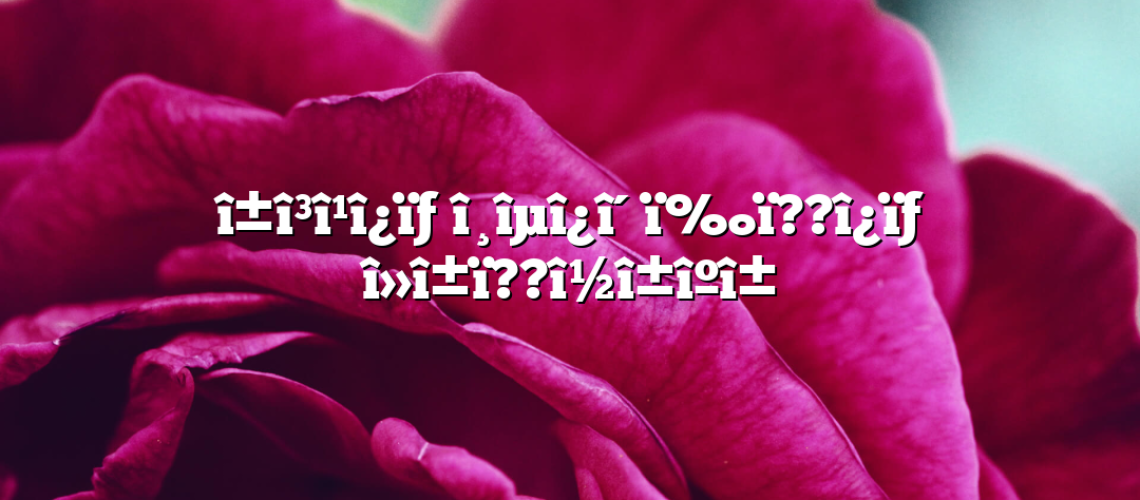î±î³î¹î¿ïƒ î¸îµî¿î´ï‰ï??î¿ïƒ î»î±ï??î½î±îºî±
In the vibrant tapestry of history, certain eras stand out as golden epochs of artistic expression and cultural flourishing. The era in which Άγιος θεοδωρίτης λαϊκα (Agios Theodoritos laika) lived is undoubtedly one such period. This exploration delves into the rich artistic treasures of Άγιος θεοδωρίτης λαϊκα’s era, unveiling the profound impact of artistic endeavors on the cultural and spiritual landscape of the time.
Table of Contents
Toggle
Byzantine Art: A Fusion of Faith and Aesthetics
Byzantine art, a hallmark of the era in which Άγιος θεοδωρίτης λαϊκα thrived, is a testament to the fusion of faith and aesthetics. This art form served as a powerful medium for conveying religious devotion and conveying profound spiritual truths.
Iconography: Windows to the Divine
Iconography, a quintessential element of Byzantine art, allowed artists to create “windows to the divine.” Icons, with their intricate symbolism and spiritual depth, held a revered place in both religious and artistic realms.
The Grandeur of Byzantine Architecture
The era of Άγιος θεοδωρίτης λαϊκα witnessed the construction of awe-inspiring Byzantine architectural marvels. From majestic churches to resplendent monasteries, these structures were not just places of worship but also works of art that exuded divine beauty.
The Hagia Sophia: Jewel of Byzantine Architecture
The Hagia Sophia, an epitome of Byzantine architecture, remains an enduring symbol of this era. Its soaring domes, intricate mosaics, and grandeur reflected the Byzantine Empire’s commitment to architectural excellence.
The Spiritual Significance of Religious Art
Religious art during Άγιος θεοδωρίτης λαϊκα’s era went beyond aesthetics; it held profound spiritual significance. Artists sought to convey theological truths and inspire devotion through their creations.
Frescoes and Mosaics: Divine Narratives in Color
Frescoes and mosaics adorned the walls of churches and monasteries, recounting biblical narratives and the lives of saints. These artworks not only educated the faithful but also immersed them in a visual journey of faith.
Literary Contributions
The Intersection of Art and Literature
Literature in Άγιος θεοδωρίτης λαϊκα’s era often intersected with the artistic sphere. Writers and poets drew inspiration from religious themes, contributing to a rich literary tradition deeply rooted in faith.
Religious Poetry: Verses of Devotion
Religious poetry flourished during this period, with poets composing hymns and devotional verses that complemented the visual art of the era. These poems were not only literary creations but also expressions of profound faith.
Musical Masterpieces
Music as a Channel of Spirituality
Music, with its capacity to evoke emotions and spiritual sentiments, played a vital role in the artistic tapestry of Άγιος θεοδωρίτης λαϊκα’s era. Composers crafted musical masterpieces that resonated with the soul.
Chants and Hymns: Harmonies of Worship
Chants and hymns became an integral part of religious ceremonies, enhancing the spiritual experience of worshipers. These musical compositions elevated the act of worship to a profound encounter with the divine.
The Church as a Patron of the Arts
The Byzantine Church assumed a pivotal role in fostering artistic creativity during Άγιος θεοδωρίτης λαϊκα’s era. It served as a primary patron of the arts, commissioning artworks that adorned its sacred spaces.
Ecclesiastical Art: A Reflection of Faith
Ecclesiastical art commissioned by the Church was not merely decorative but a reflection of faith. These artworks were intended to inspire reverence, awe, and devotion among the worshiping congregation.
The Enduring Legacy of Byzantine Art
The artistic treasures of Άγιος θεοδωρίτης λαϊκα’s era have left an indelible mark on the world of art. Their influence continues to resonate in modern art, with artists drawing inspiration from Byzantine aesthetics and spirituality.
Contemporary Artists and Byzantine Motifs
Contemporary artists have embraced Byzantine motifs, reinterpreting them in innovative ways. The enduring appeal of Byzantine art lies in its ability to transcend time and resonate with the human spirit.
The Importance of Preservation
Preserving the artistic treasures of Άγιος θεοδωρίτης λαϊκα’s era is crucial for safeguarding cultural heritage. These artworks are not mere relics but living testaments to the enduring connection between art, faith, and culture.
Museums and Conservation Efforts
Museums and conservation efforts play a vital role in safeguarding these artistic treasures. Through meticulous restoration and preservation, these organizations ensure that future generations can continue to appreciate the splendor of Byzantine art.
Conclusion: A Glimpse into the Divine
The artistic treasures of Άγιος θεοδωρίτης λαϊκα’s era offer us a profound glimpse into the divine. Through the fusion of faith and artistry, these creations transcended the boundaries of time and space, inviting us to contemplate the spiritual truths they convey. As we admire the intricate mosaics, resplendent frescoes, and soul-stirring music of this era, we connect with a rich cultural and spiritual heritage that continues to inspire and uplift the human spirit.

Christa Rose Avampato is a versatile author known for her captivating narratives and thought-provoking insights. With a passion for diverse genres, she weaves rich experiences into her writing, creating vivid characters and compelling storylines.

